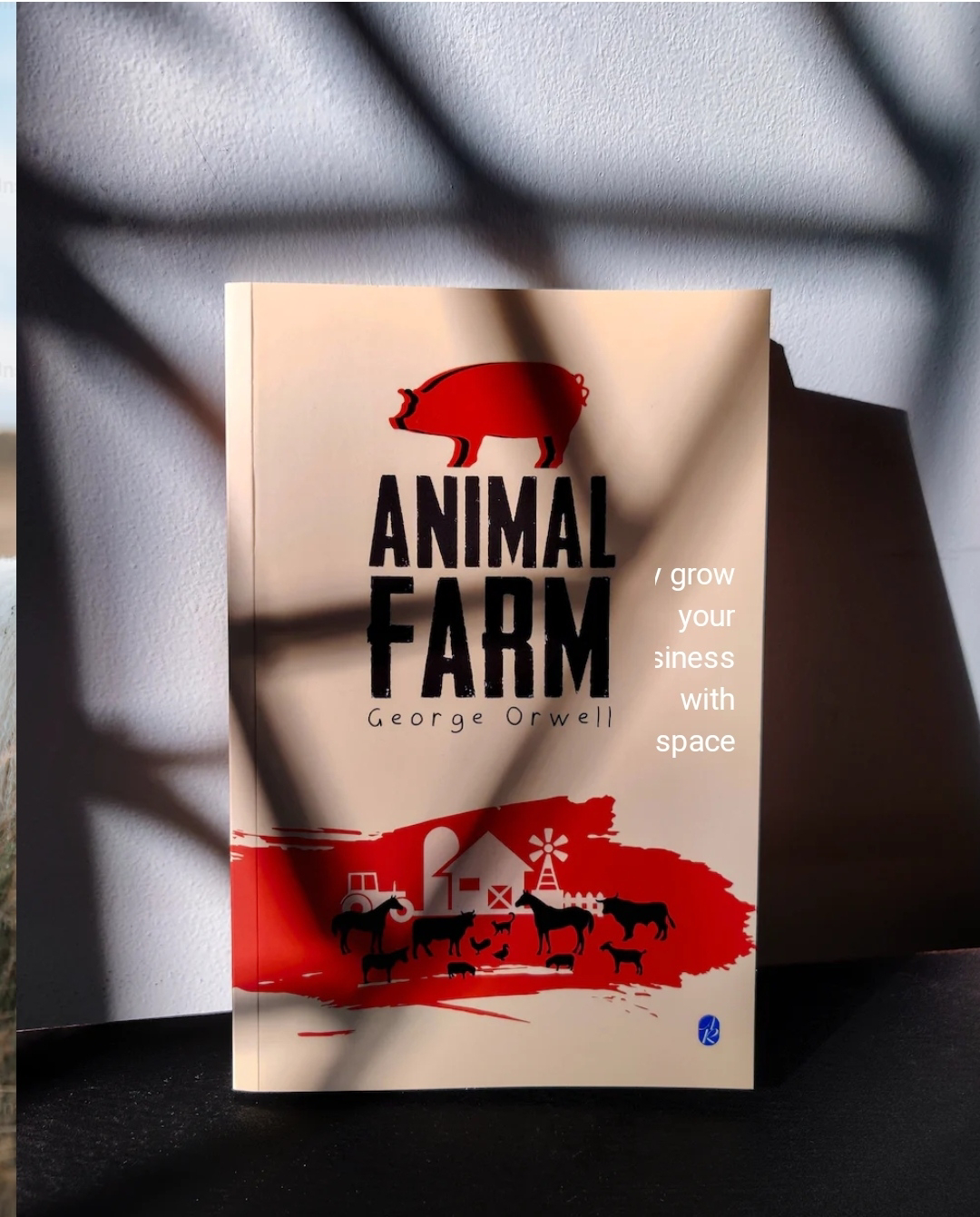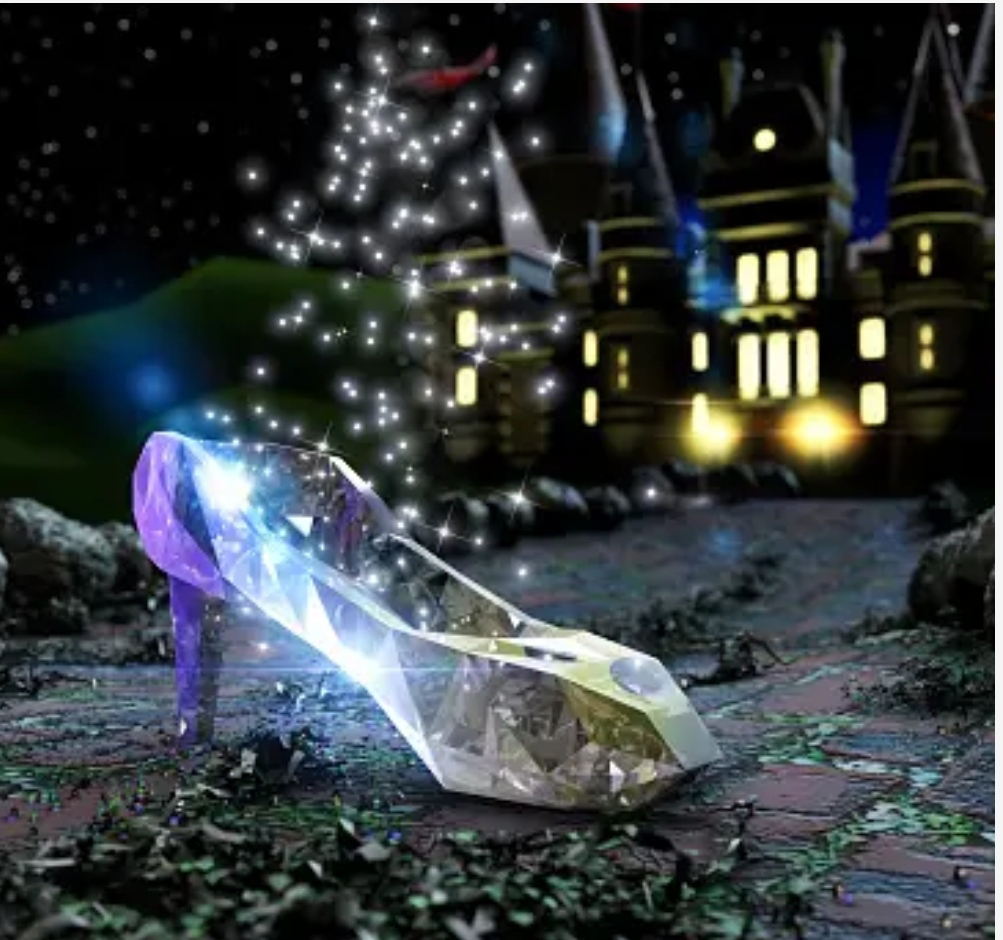Harold Pinter the Birthday Party
Harold Pinter's play "The Caretaker": "The Caretaker" is a three-act play that delves into the complexities of human relationships, power dynamics, and the fragility of identity. The story takes place in a cluttered and run-down house where Aston lives. Aston is a quiet and seemingly introverted man who is compassionate and empathetic. He brings a homeless man named Davies to the house, offering him shelter. Davies is a middle-aged, irritable, and somewhat paranoid individual. He is constantly complaining about his health and circumstances, using them as excuses for his misfortunes. Aston's offer to stay in the house provides Davies with a newfound sense of security, though he is also wary of Aston's intentions. Mick, Aston's younger brother, enters the picture in the second act. Mick is more aggressive and domineering compared to Aston. He is intrigued by Davies and questions him about his past and intentions. Mick's questioning becomes increasi


























